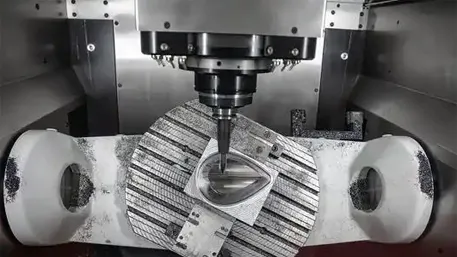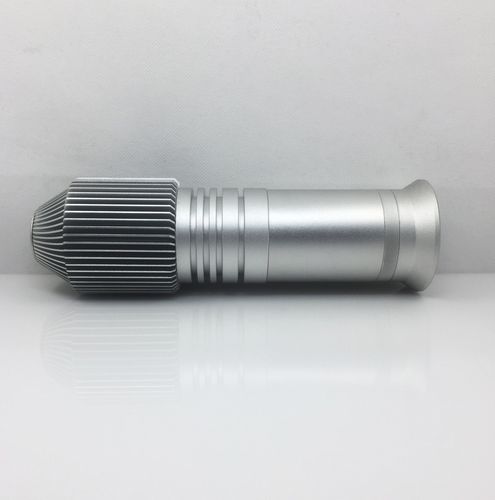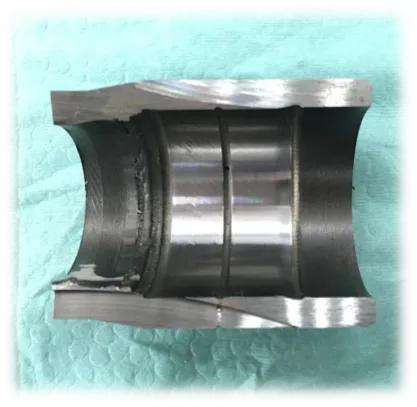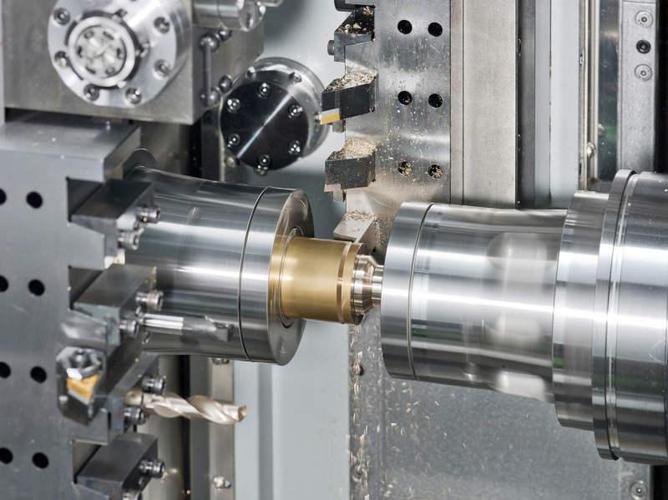Stainless steel warping during CNC machining is primarily caused by thermal stress, residual stress release, and uneven material removal. Preventing it requires a combination of optimized machining parameters, tool selection, and workpiece handling. Below is a step-by-step breakdown of solutions:
What causes stainless steel to warp during machining?
Stainless steel (e.g., 304, 316) is prone to warping due to:
- High thermal conductivity: It retains heat generated during cutting, causing uneven expansion and contraction as it cools.
- Work hardening: Rapid deformation from aggressive cutting creates residual stress in the material, which releases unpredictably, leading to distortion.
- Uneven material removal: Removing large amounts of material from one area (e.g., deep slots) upsets the material’s internal balance, causing it to twist or bend.
How to adjust cutting parameters to reduce warping?
Optimizing speed, feed, and depth of cut minimizes heat and stress:
- Reduce spindle speed: Lower RPM (e.g., 1000–2000 RPM for 304 stainless) reduces friction and heat buildup. Excessive speed (3000+ RPM) can overheat the workpiece.
- Increase feed rate: A faster feed (e.g., 50–100 inches/min) reduces the time the tool contacts the material, limiting heat transfer.
- Use light, multiple passes: Instead of deep cuts (e.g., 0.25 inches), take shallow passes (0.05–0.1 inches) to distribute stress evenly. This avoids concentrating force in one area.
What tooling choices help prevent warping?
- Carbide tools: Harder than HSS (high-speed steel), carbide tools cut cooler and reduce friction, minimizing heat-induced stress. Choose tools with sharp edges and polished flutes to reduce material tearing.
- Proper tool geometry: Use end mills with a high helix angle (30–45°) for better chip evacuation, preventing heat buildup from trapped chips. Coated tools (e.g., TiAlN) further reduce friction and heat.
- Reduced tool diameter: Smaller tools (e.g., 0.25–0.5 inches) apply less force to the workpiece, lowering the risk of bending thin stainless steel sheets.
How does cooling affect warping?
Adequate cooling is critical to dissipate heat:
- Flood cooling: Use high-pressure coolant (100–300 PSI) to direct a continuous stream at the cutting zone. Water-soluble emulsions or synthetic coolants work best for stainless steel, as they conduct heat efficiently.
- Mist cooling: For machines without flood systems, use oil-based mist to lubricate the tool and reduce friction, though it’s less effective than flood cooling for heavy cuts.
- Avoid over-cooling: Rapid cooling (e.g., cold air blasts) can create thermal shock, causing uneven contraction. Maintain consistent coolant flow.
What workpiece fixturing methods reduce warping?
Secure clamping minimizes movement and distributes stress:
- Vacuum chucks: Ideal for thin sheets (≤0.1 inches), they evenly hold the workpiece across its surface, preventing bending during cutting.
- Clamp spacing: For thicker material, space clamps every 2–3 inches along the workpiece’s edges, ensuring even pressure. Avoid over-tightening, which can introduce pre-machining stress.
- Backing plates: Attach thin stainless steel sheets to a rigid backing plate (e.g., aluminum) using double-sided tape or screws. This adds support and reduces vibration-induced warping.
How to relieve residual stress before machining?
Stainless steel often retains stress from manufacturing (e.g., rolling or welding). Relieving it beforehand reduces warping:
- Annealing: Heat the material to 1900–2050°F (1038–1121°C) and slowly cool it in a furnace. This softens the steel and releases internal stress, making it more stable during machining.
- Stress-relief grinding: For large workpieces, perform a light surface grind before CNC machining to remove surface stress and ensure flatness.
What post-machining steps prevent warping?
- Slow cooling: Allow the workpiece to cool gradually after machining, avoiding contact with cold surfaces (e.g., concrete floors) that cause uneven contraction.
- Deburring carefully: Use a deburring tool or sandpaper instead of aggressive grinding, which can introduce new stress.
- Inspect and correct: Measure flatness with a surface plate and dial indicator. If minor warping occurs, use a press or heat gun (for small areas) to gently straighten the part.
Key takeaways for success
- Prioritize heat reduction (coolant, slow speeds, sharp tools).
- Distribute stress through light, multiple passes and even clamping.
- Relieve residual stress in the material before machining.
By combining these strategies, you can significantly reduce or eliminate warping, ensuring precise, flat stainless steel parts after CNC machining.







